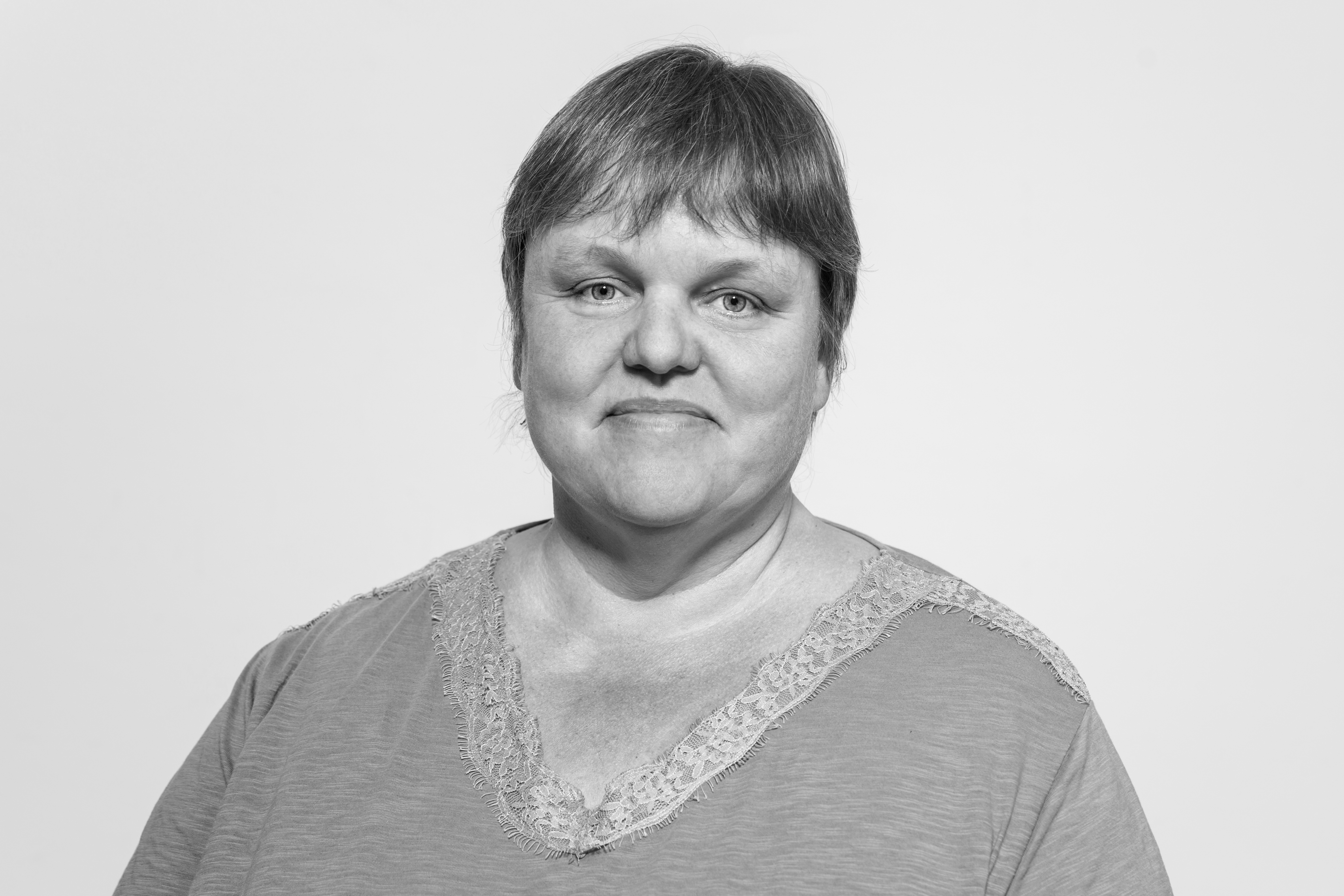Modeling of Biological Processes
Prof. Dr. Ursula Kummer
Simulation, modelling and analysis of biochemical networks
The Modeling of Biological Processes group specializes in developing computational methods for analyzing biochemical networks and applying these methods to relevant biological systems. On one side, our focus lies in the development of computational methods for modeling, simulating, and analyzing biochemical networks, with a constant drive to innovate algorithms that deepen our understanding of these systems. These algorithms are then shared with the scientific community through our software package COPASI, which garners approximately 17,000 downloads per release. Moreover, we are actively engaged in the development of standardized data exchange protocols. On the other hand, application projects on relevant biological systems are of paramount importance to us. We collaborate extensively both within our institution and with partners on campus, applying our methods to model signaling and metabolic networks in various organisms. For instance, one of our major research endeavors has been unraveling the intricacies of information processing in calcium signaling.
Research Strategy
We are constantly developing algorithms that allow a more thorough understanding of the inner workings of biochemical systems. These algorithms are made available to the scientific community by integration in our software package COPASI (about 17,000 downloads per release). We are also heavily involved in the development of standardized data exchange. Apart from method development, we have been applying the methods in projects modeling both signaling as well as metabolic networks in different organisms, often with collaborators in house or on campus. As an example, understanding information processing in calcium signal transduction and information processing therein, interferon and TGFb signalling and the activation of human neutrophilic leukocytes have been some of the major topics.
In collaboration with the group of Sven Sahle, we will continue to develop new methodology, more and more aiming to support the modeling of cell biological spatio-temporal systems, e.g., allowing live-cell imaging data to be used for parameter fitting and being the main data source for the models. At the same time, within the new faculty for engineering, we want to work on applications of computational modeling in the context of urgent societal questions, e.g., the reduction of animal testing in drug discovery (project with the groups of Holger Erfle and Vytaute Starkuviene in house) or ecological questions, e.g., in plant development.

Project Leader

Prof. Dr. Ursula Kummer
ursula.kummer@bioquant.uni-heidelberg.de
Administration
Dr. Nana Duhme
+49 (0)6221 54-51270
nana.duhme@bioquant.uni-heidelberg.de
Selected Publications
miRNA target identification and prediction as a function of time in gene expression data
Pranas Grigaitis, Vytaute Starkuviene, Ursula Rost, Andrius Serva, Pascal Pucholt and Ursula Kummer
RNA Biol. 2020; 17(7): 990–1000
Robustness of frequency vs. amplitude coding of calcium oscillations during changing temperatures
Luis Aguilera, Frank T Bergmann, Giovanni Dalmasso, Sinan Elmas, Tobias Elsässer, Ruth Großeholz, Pascal Holzheu, Priyata Kalra, Ursula Kummer, Sven Sahle, Nadine Veith
Biophys Chem.2019 Feb:245:17-24
COPASI and its applications in biotechnology
Frank T Bergmann, Stefan Hoops, Brian Klahn, Ursula Kummer, Pedro Mendes, Jürgen Pahle, Sven Sahle
J Biotechnol.2017 Nov 10:261:215-220.